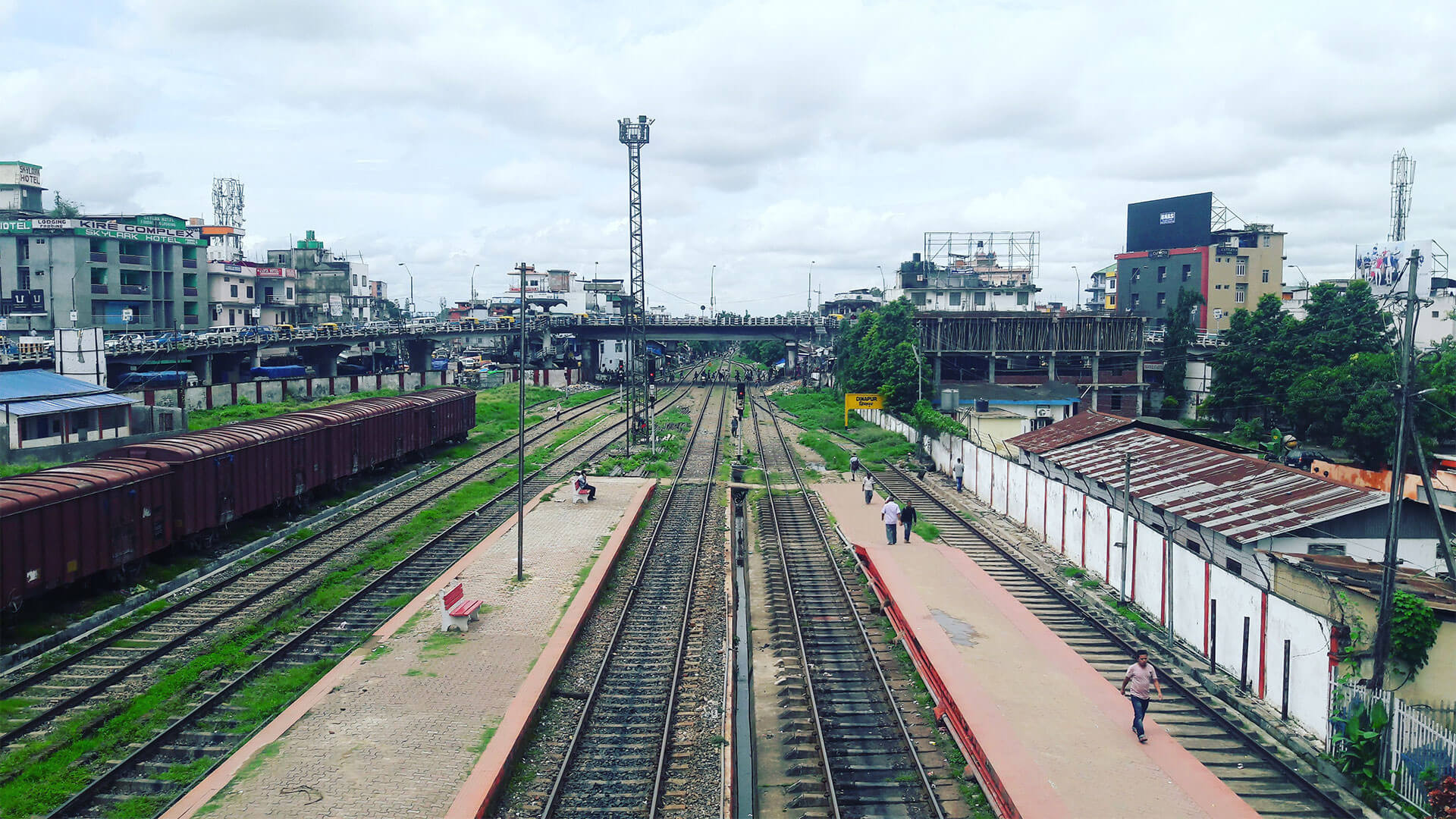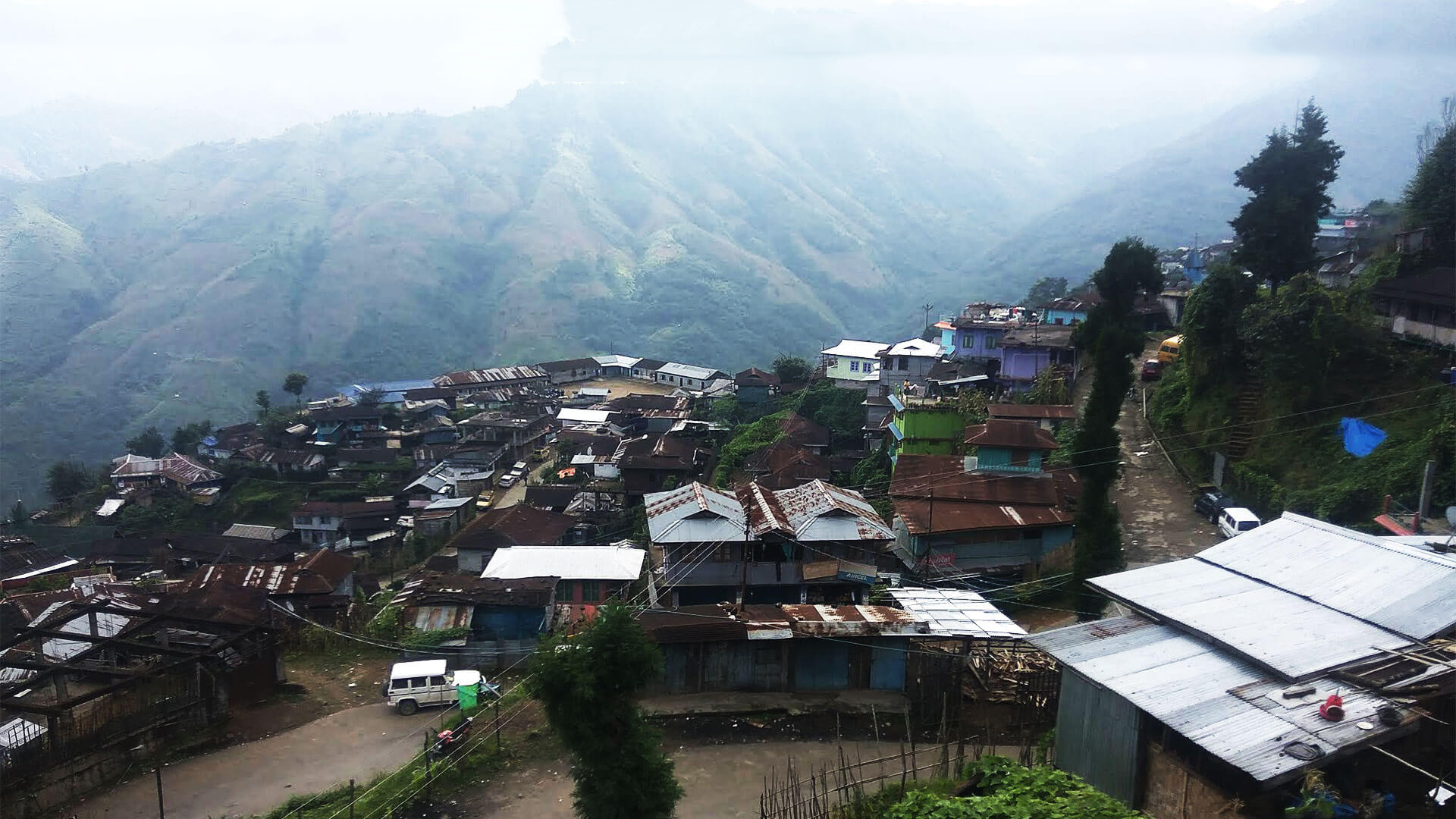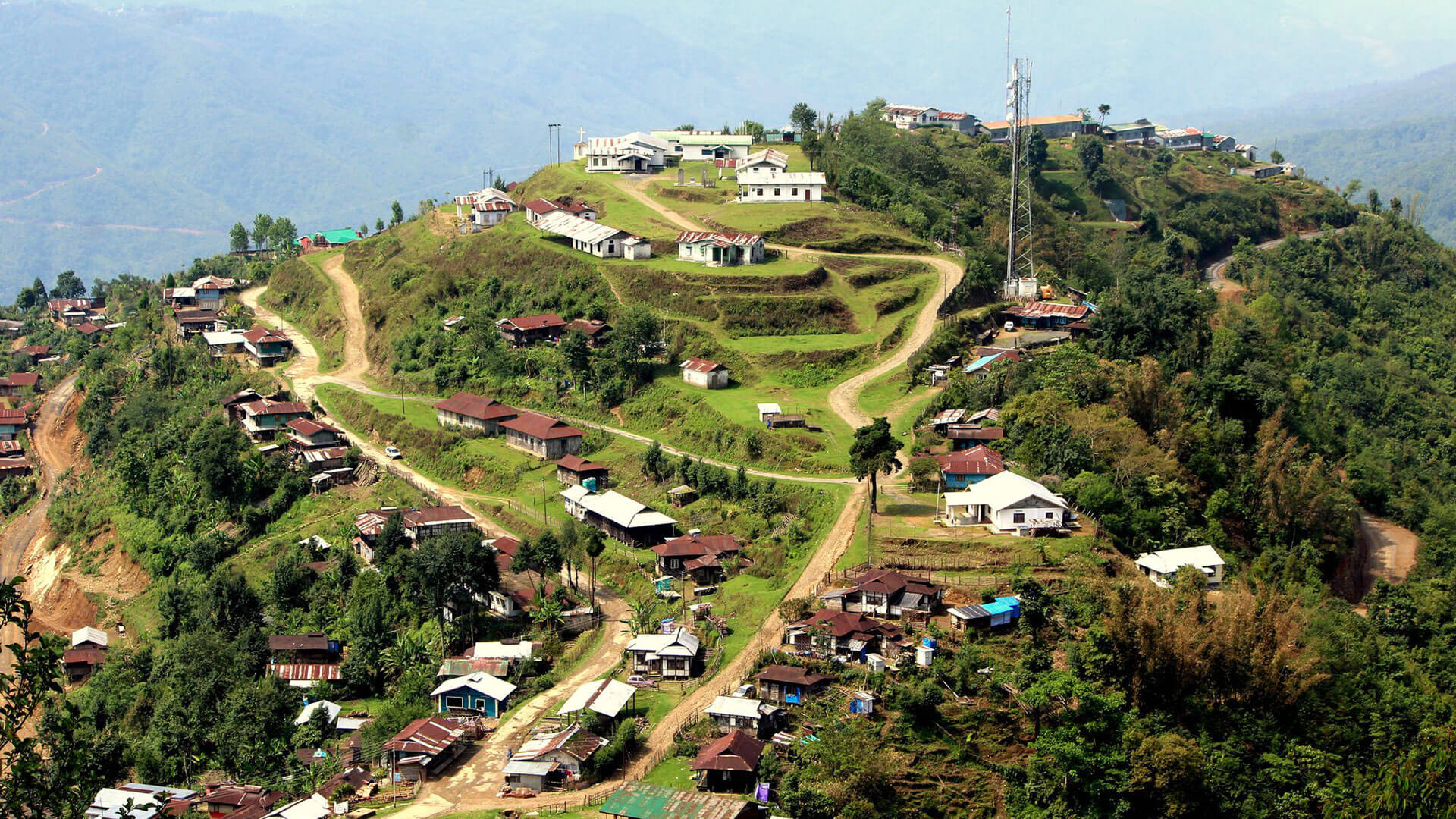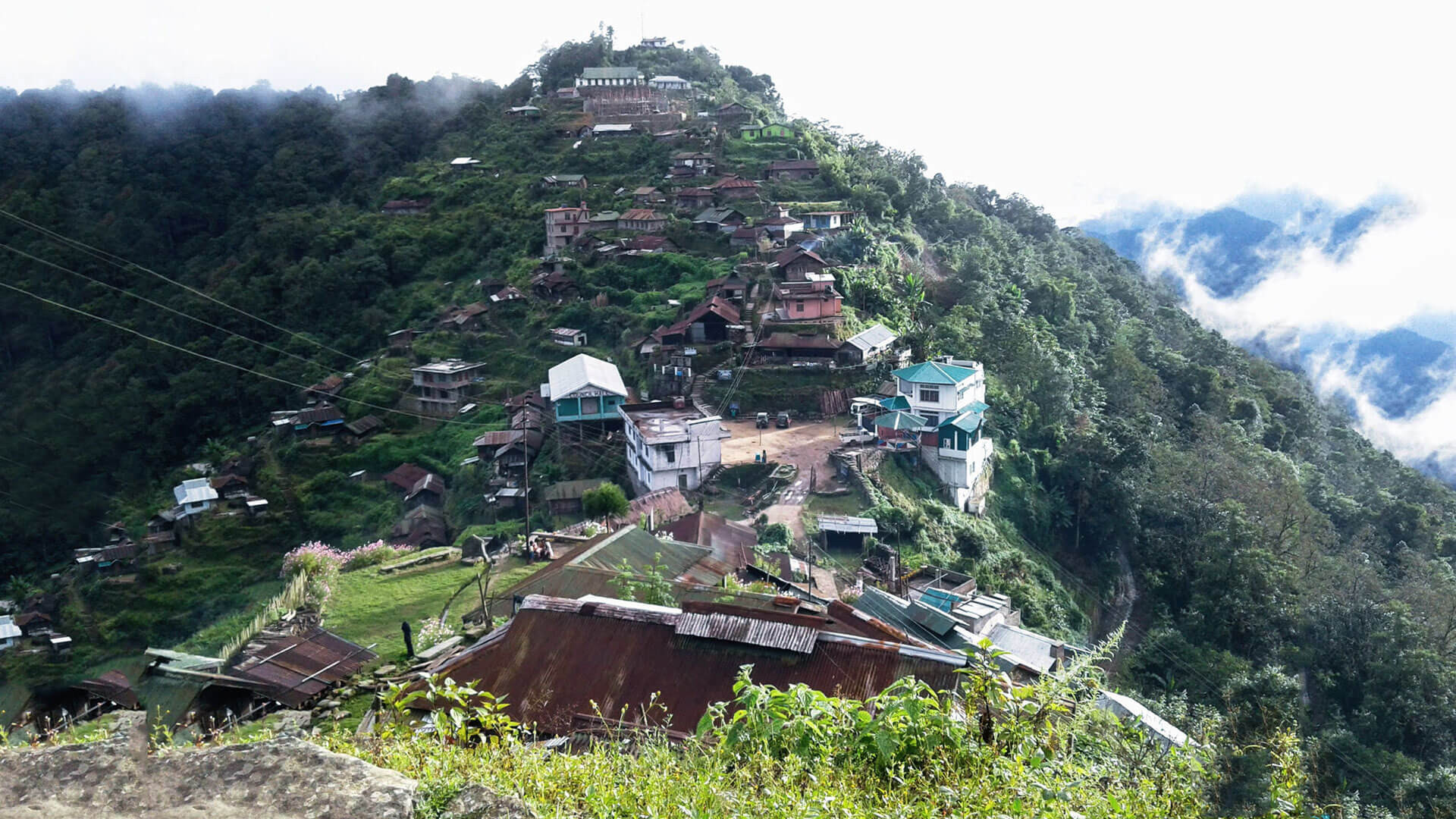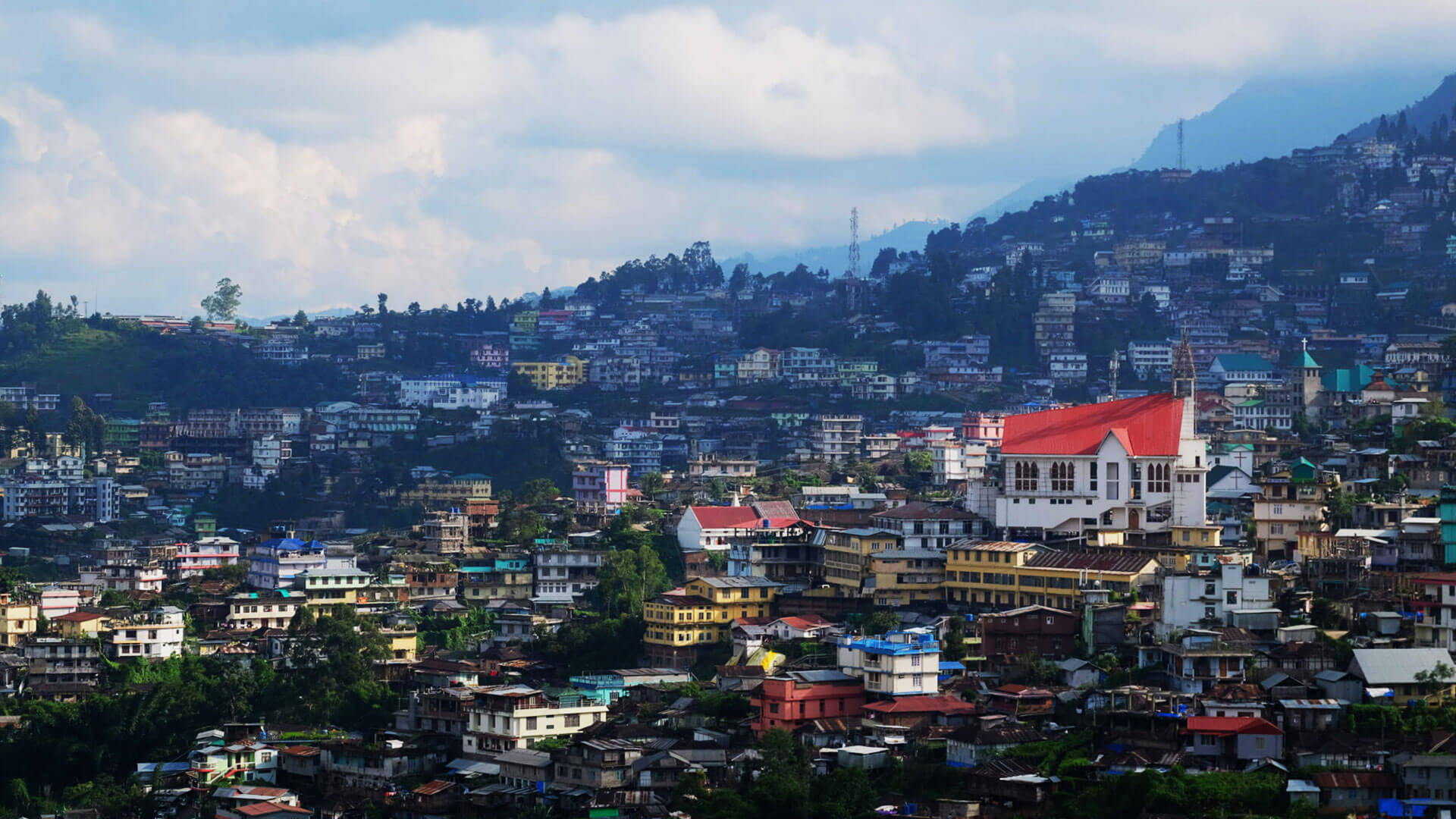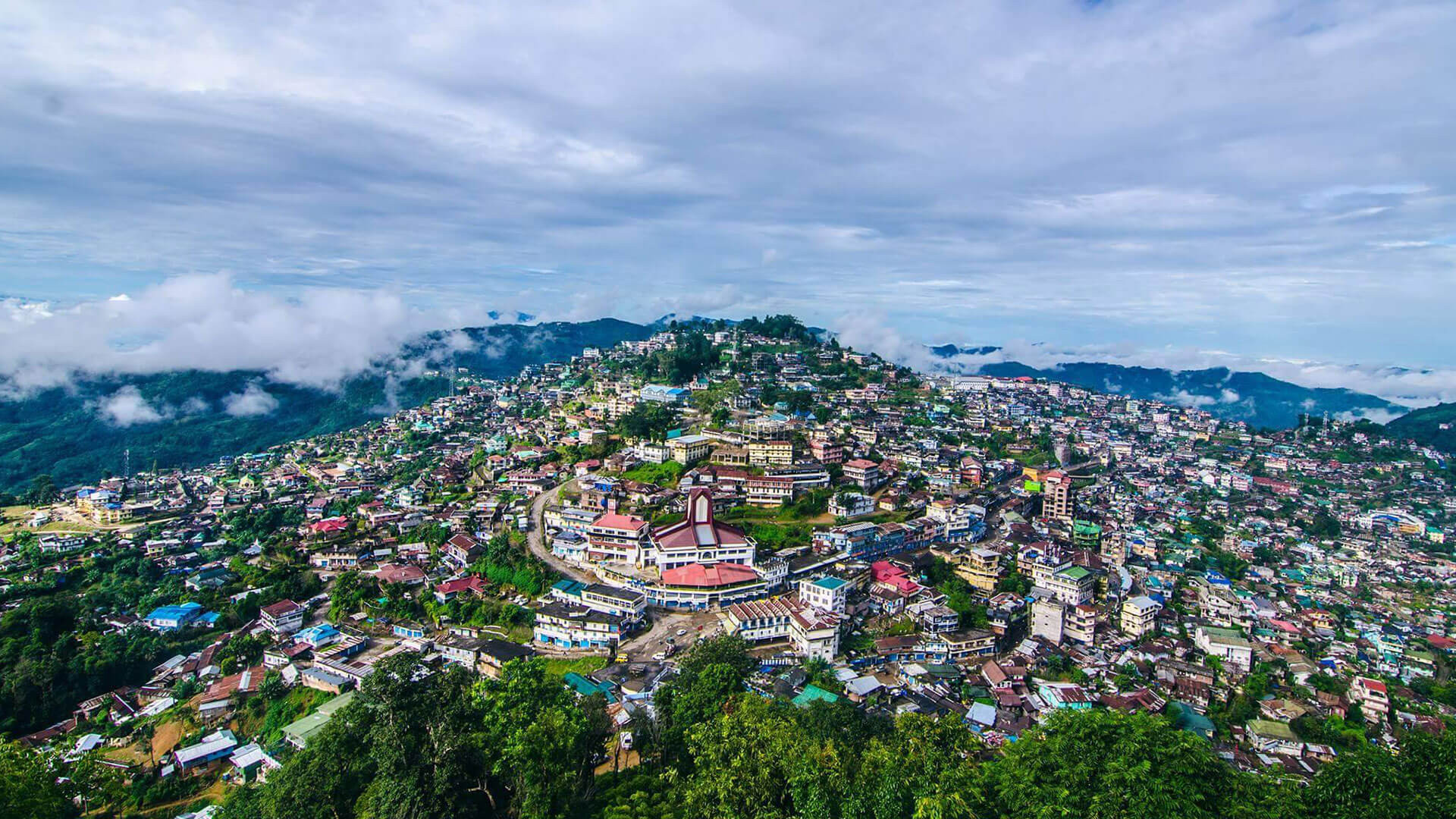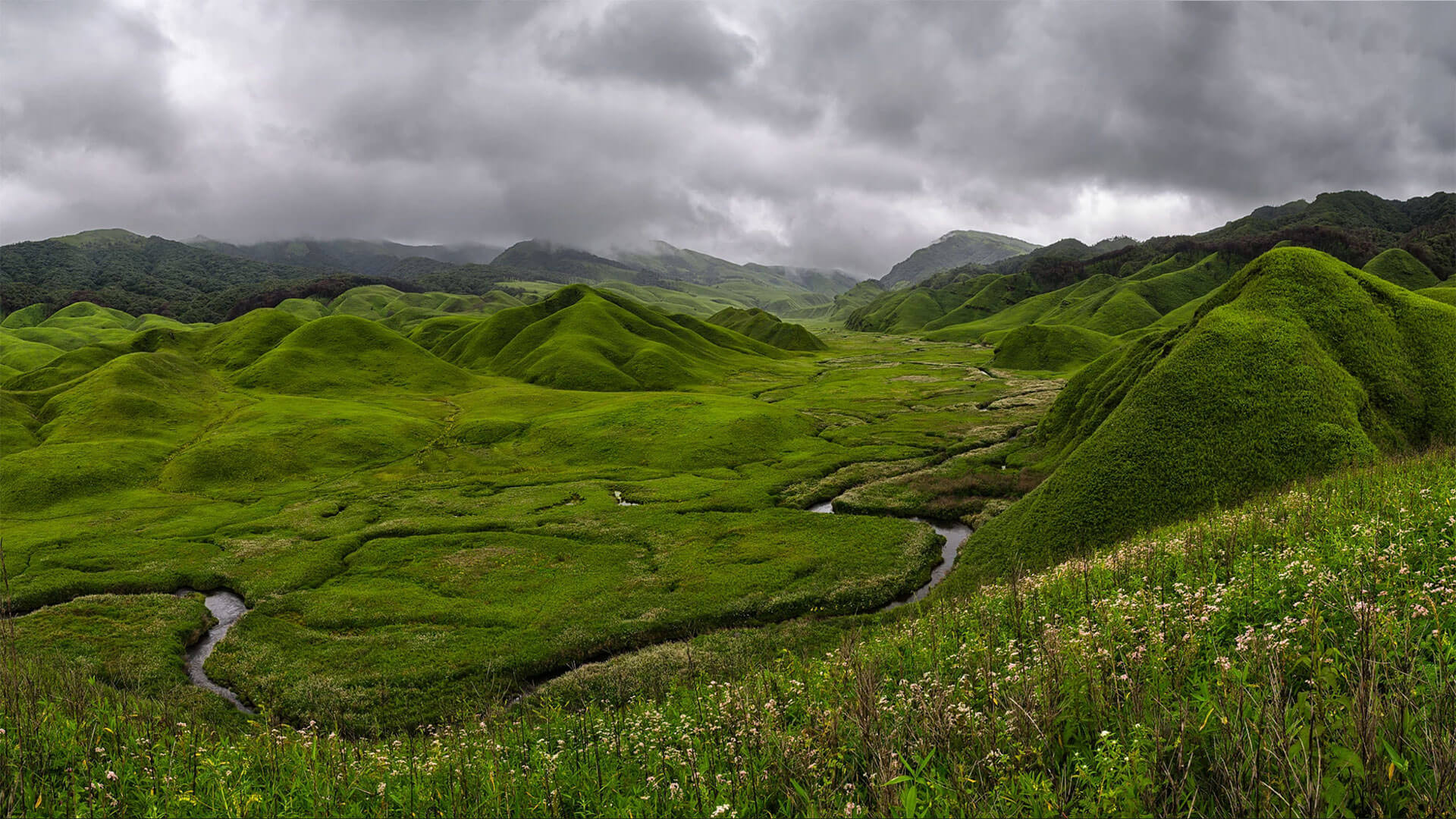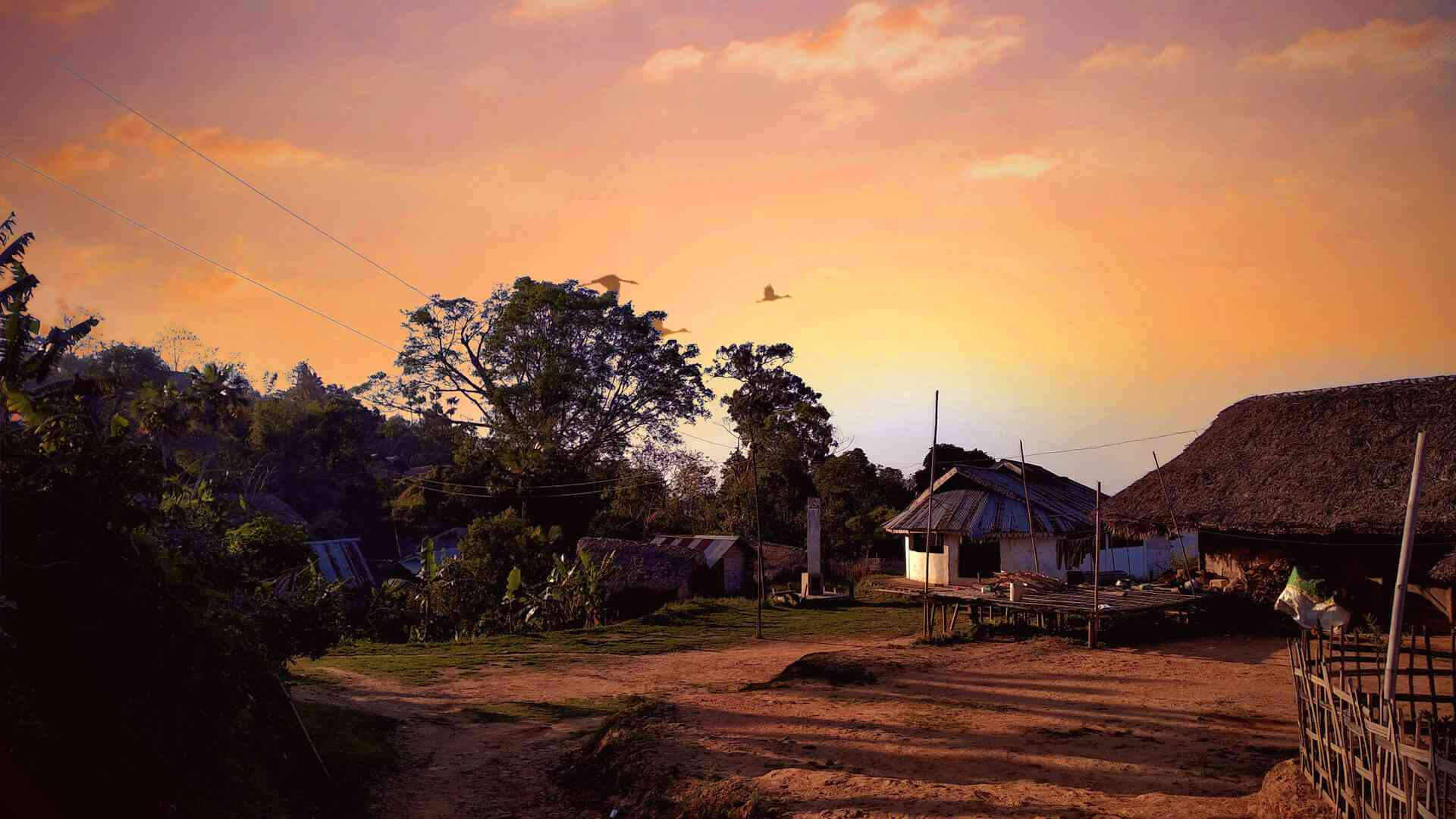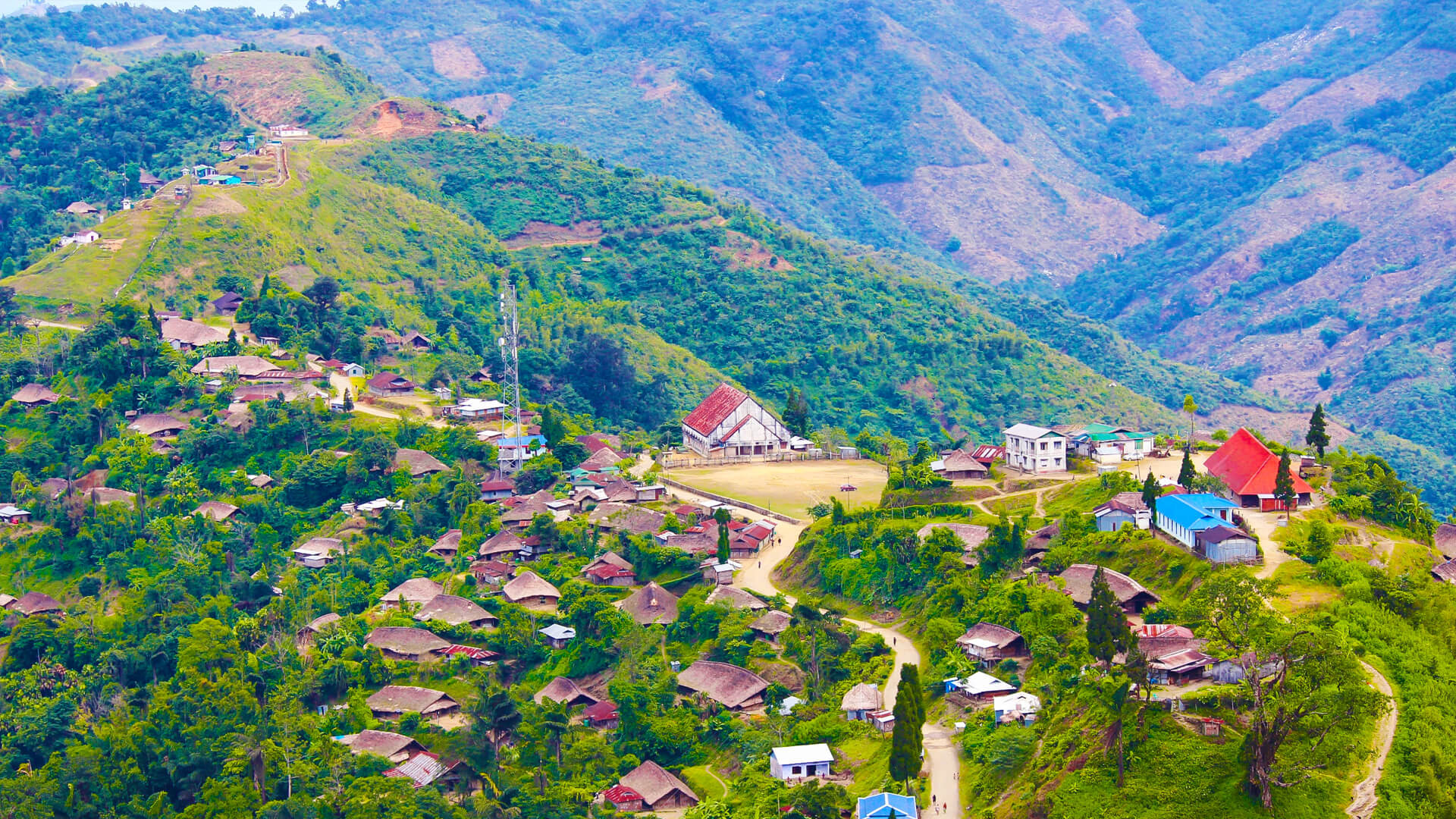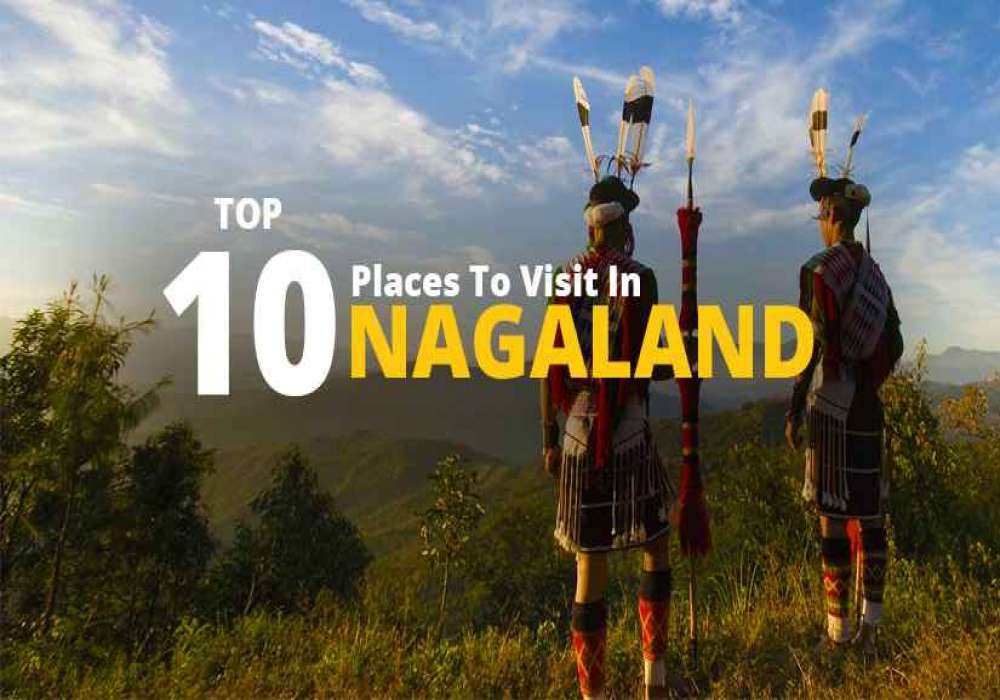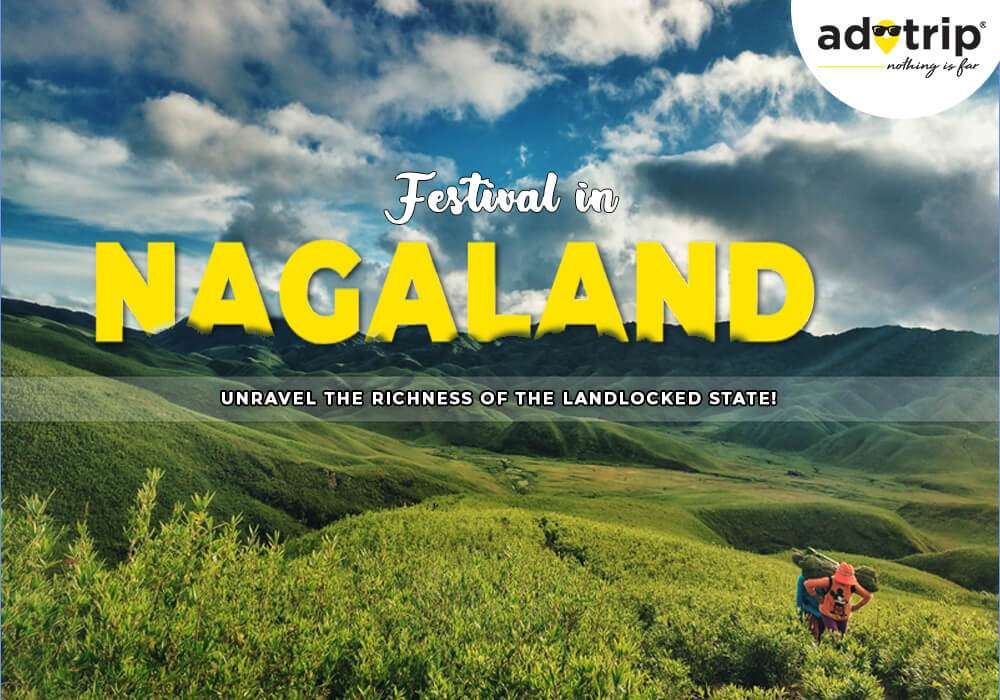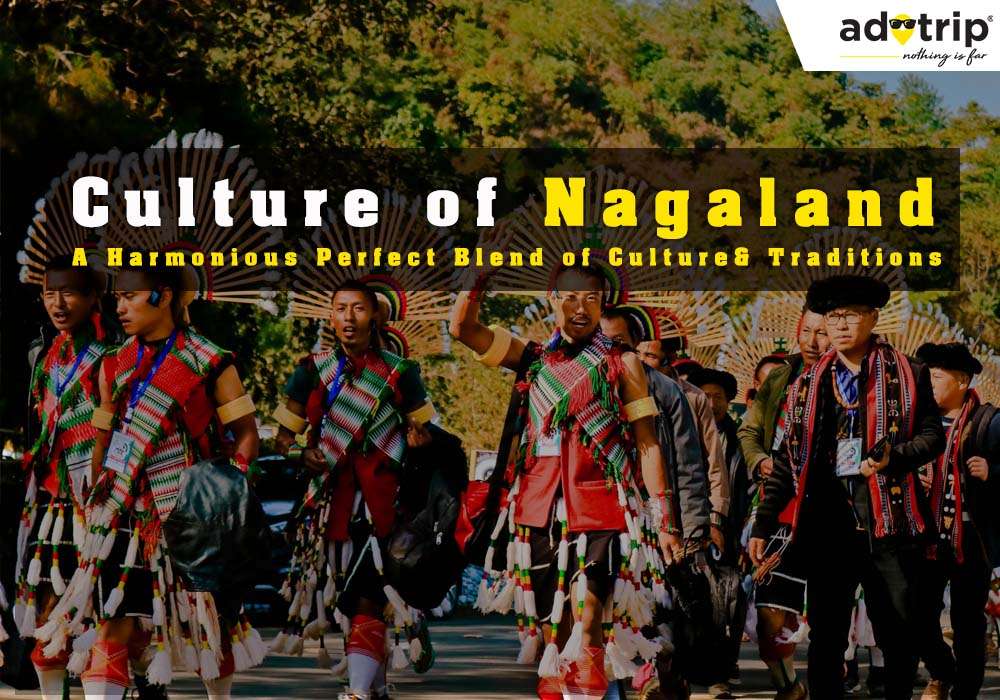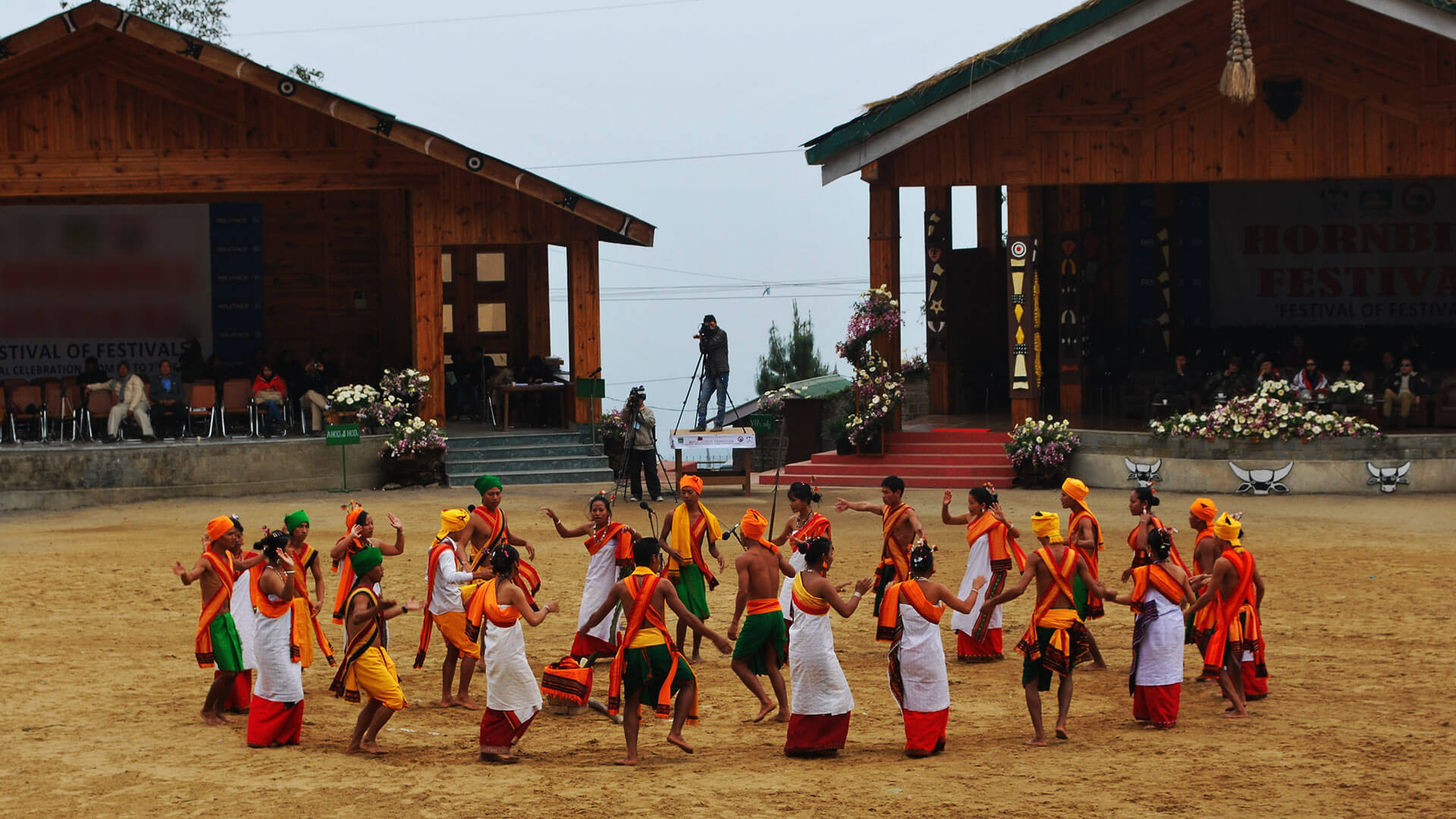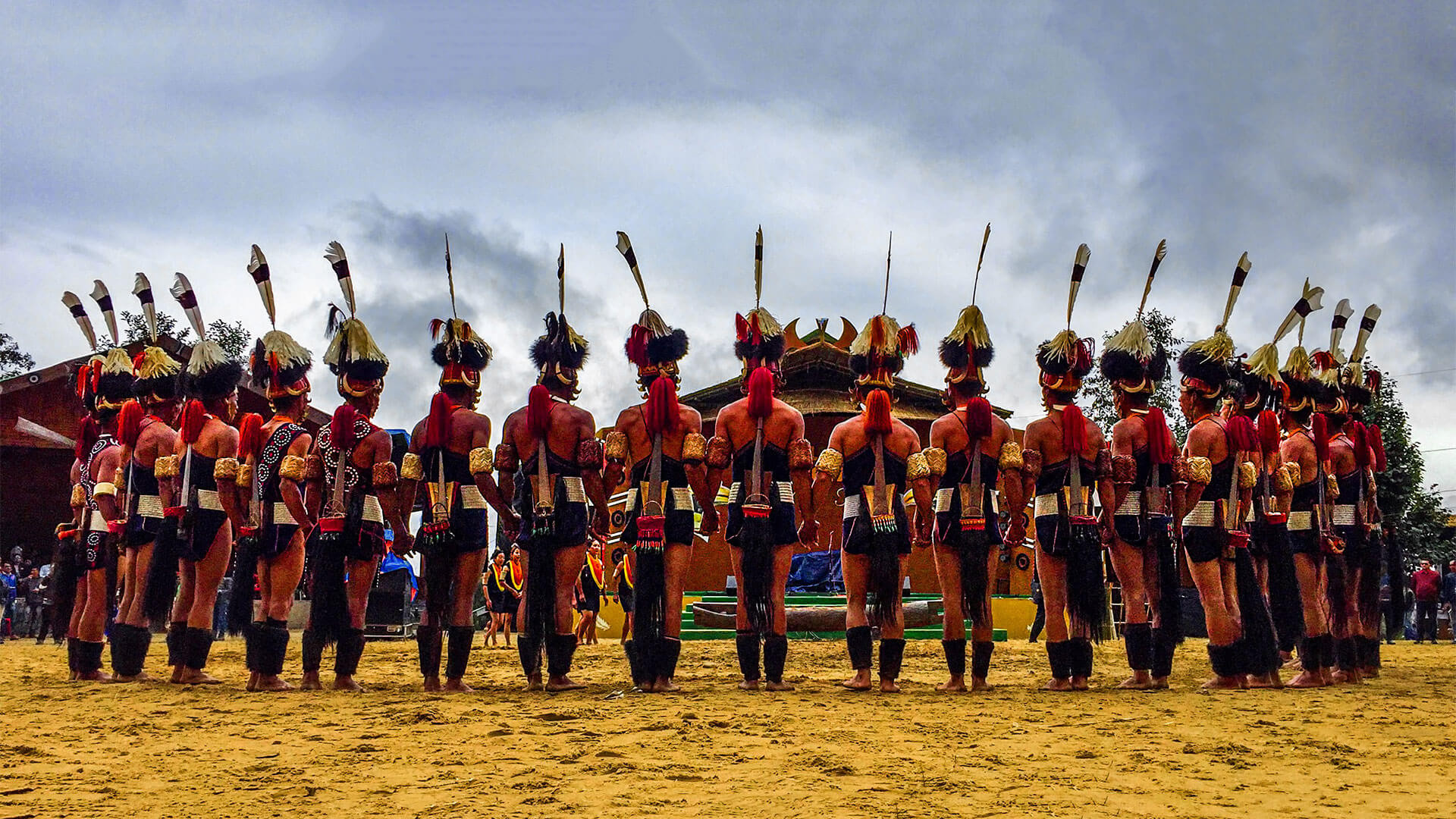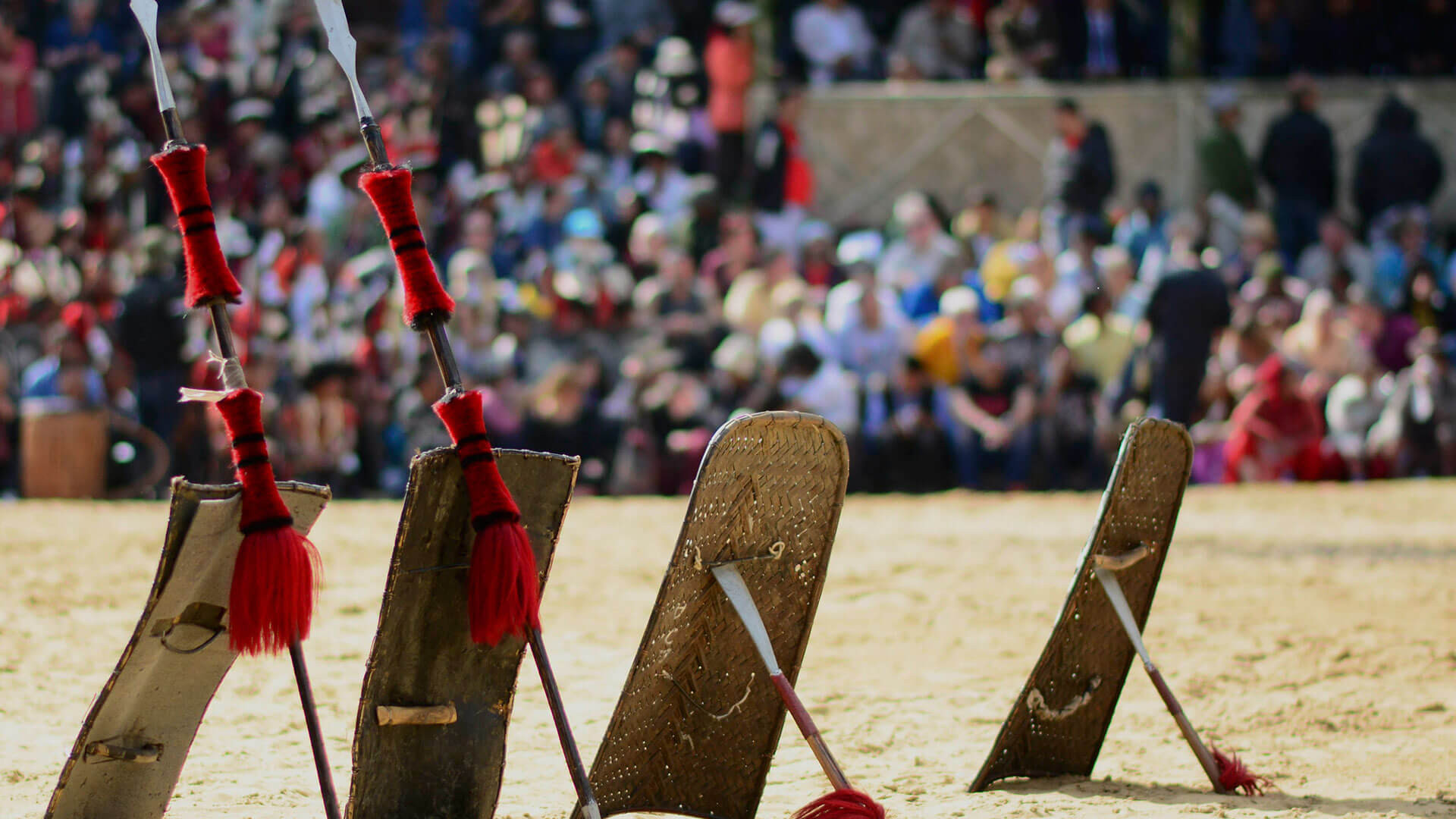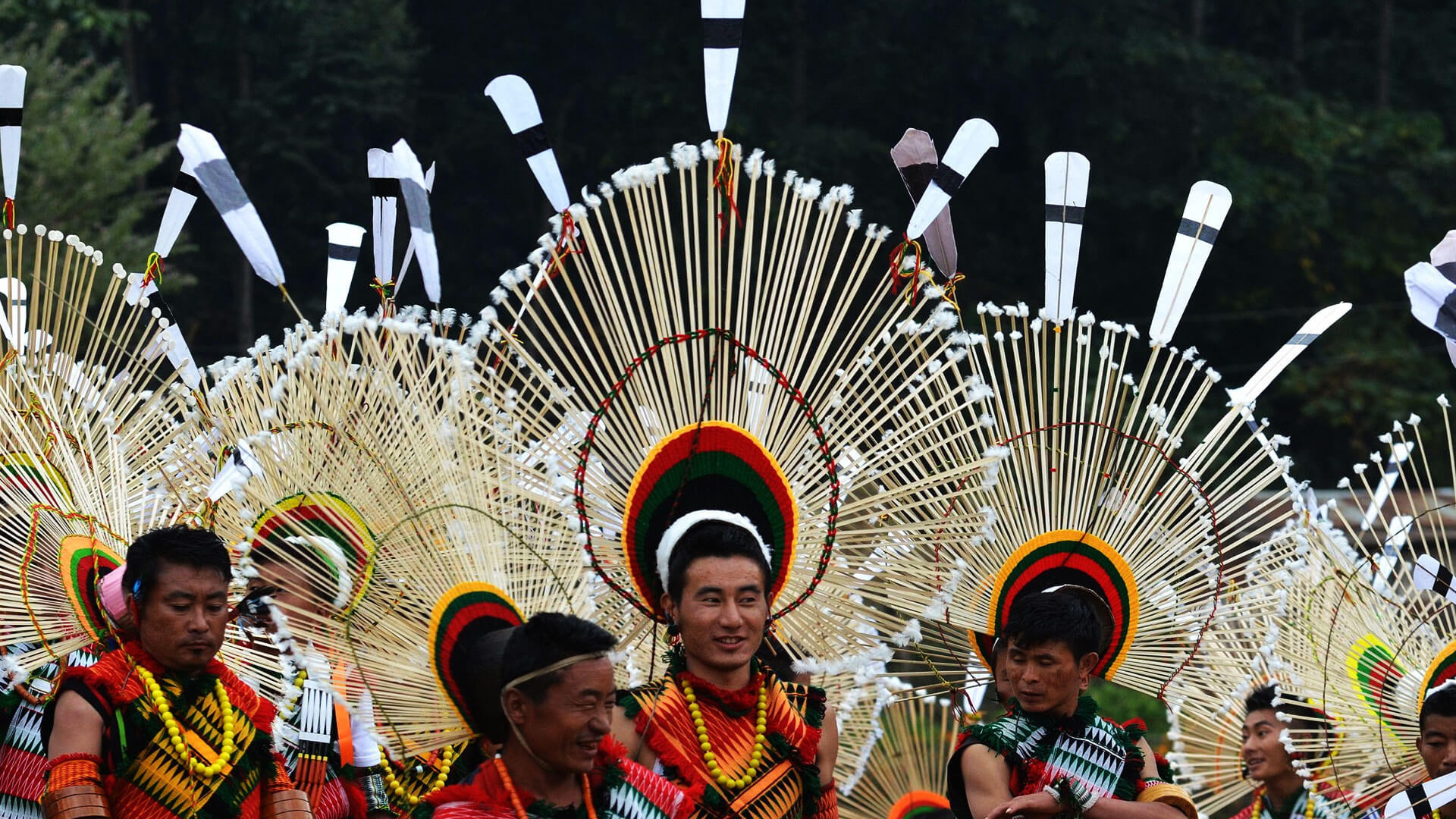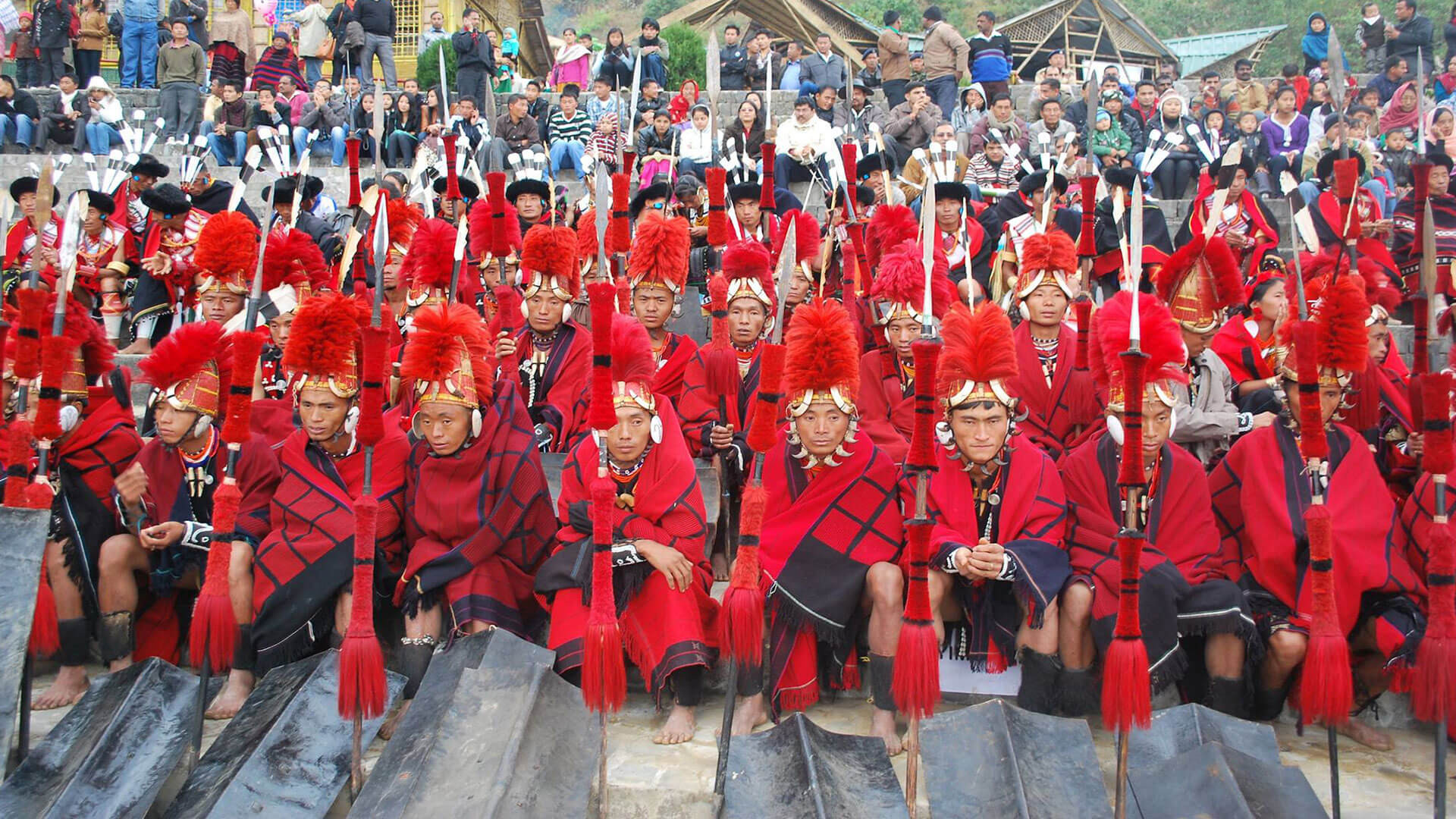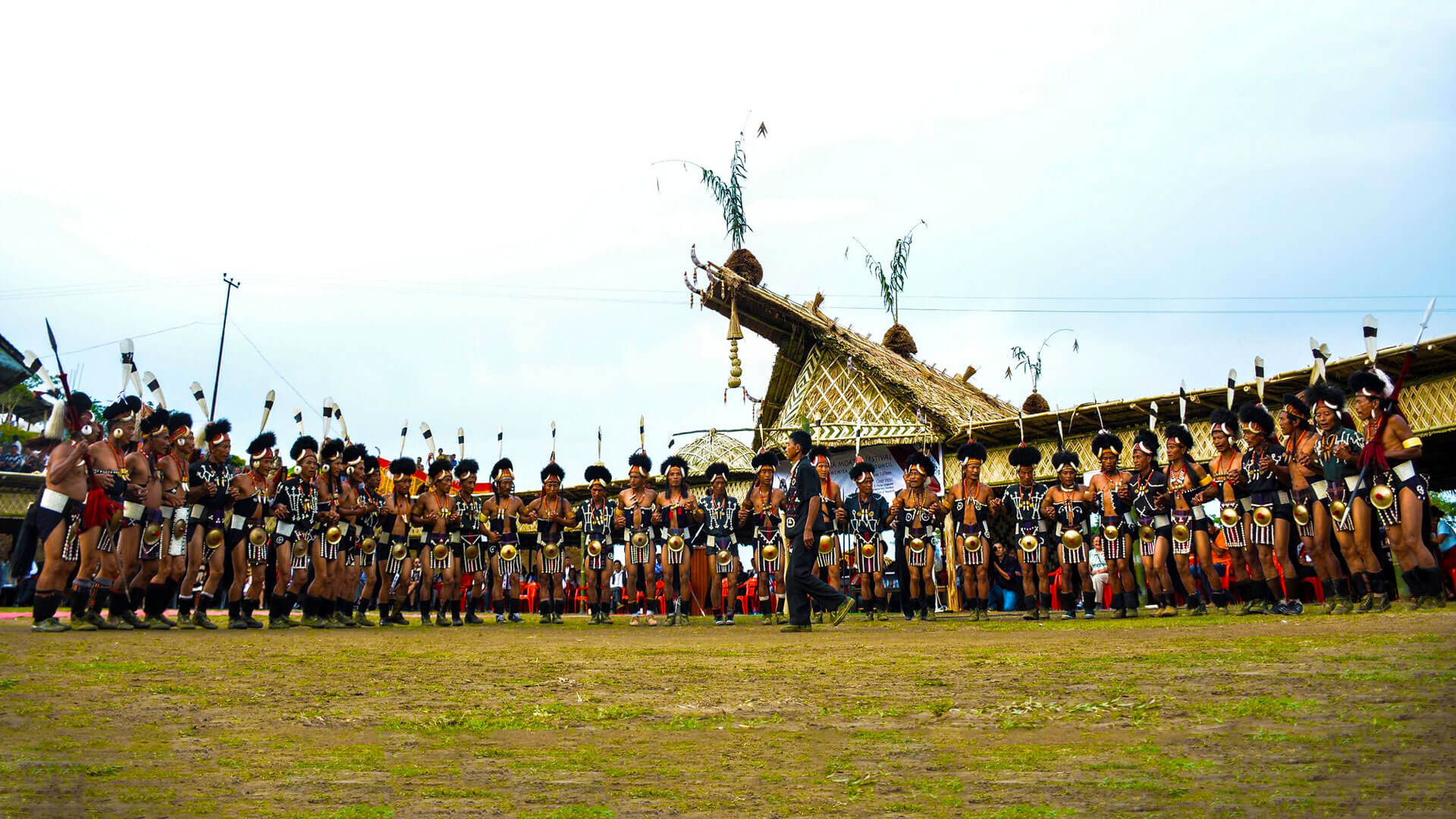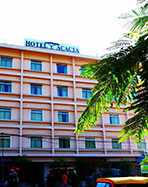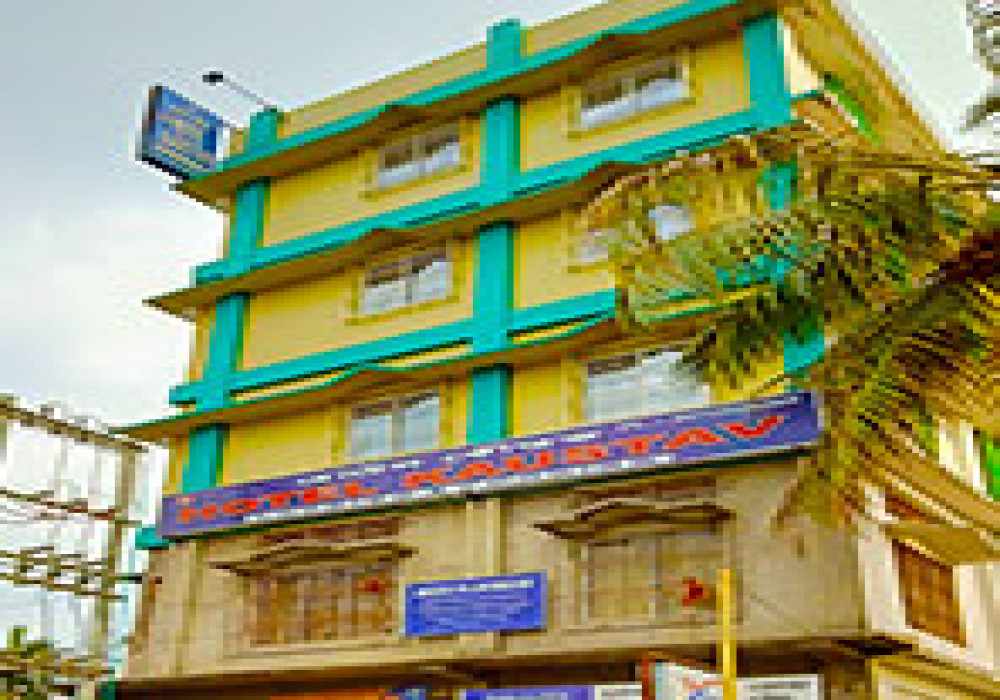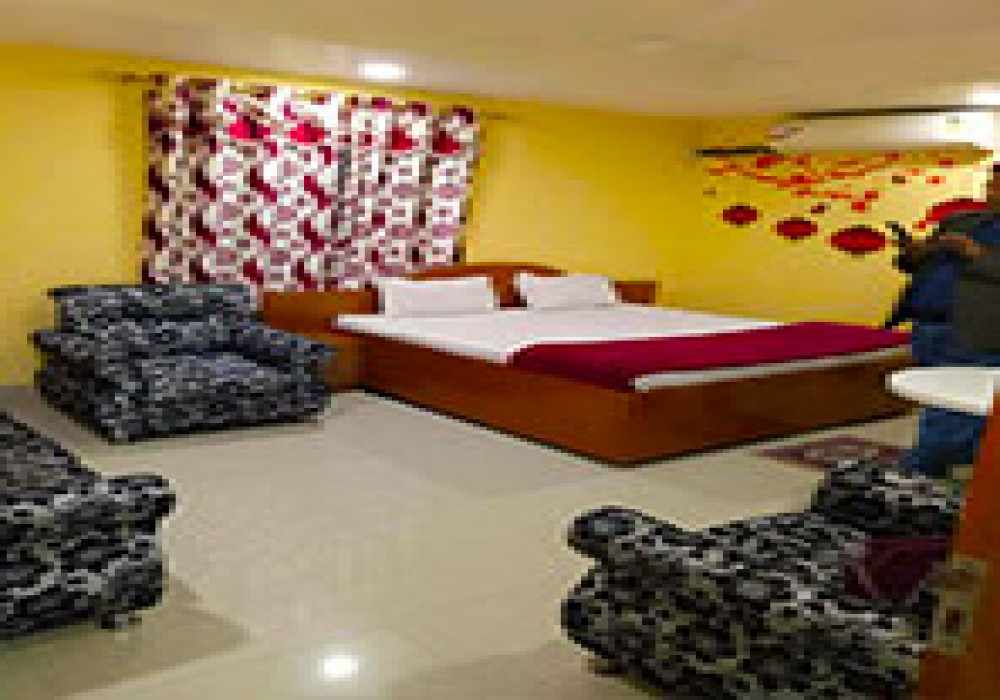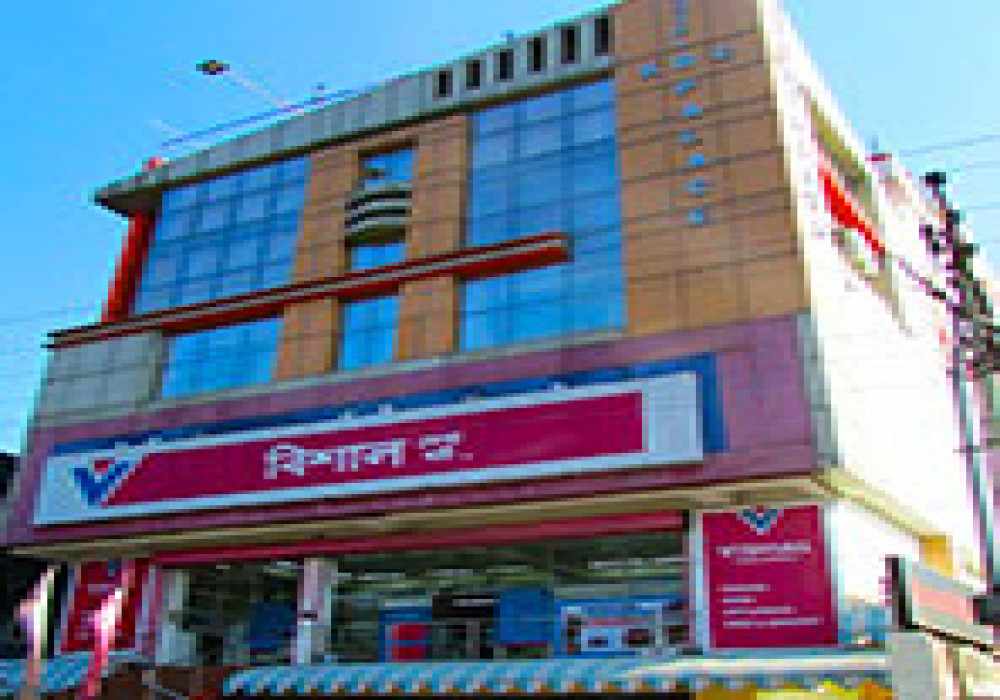Nagaland Tour Packages 2025
Cities in Nagaland
Best Destinations in Nagaland
Ever wondered about a place where culture, nature, and adventure all come to life? Well, if not, Nagaland is the place for you! It's a mesmerising land of lively festivals, beautiful landscapes, and welcoming tribes, offering a unique and completely immersive experience like no other.
If you love adventure, food, and folklore, Nagaland is the place to be. Stay for the hospitality, explore the wild beauty, and leave with stories to tell. Ready to dive in? Let’s take you through an unforgettable journey!
History of Nagaland
Nagaland’s history is as fascinating as its landscapes. Home to 16 major tribes, each with a unique culture, the state has preserved its traditions for centuries. The Naga people have a rich warrior heritage, and their folklore is filled with heroic tales.
During World War II, Kohima witnessed one of the most intense battles between British and Japanese forces. Today, the Kohima War Cemetery stands as a tribute to the fallen soldiers. The state became a part of India in 1963, but its tribal roots remain strong, making it a place where history meets the present.
During World War II, Kohima witnessed one of the most intense battles between British and Japanese forces. Today, the Kohima War Cemetery stands as a tribute to the fallen soldiers. The state became a part of India in 1963, but its tribal roots remain strong, making it a place where history meets the present.
Climate in Nagaland
Nagaland offers a pleasant climate throughout the year.
- Summer (March to June): Mild and comfortable, perfect for sightseeing.
- Monsoon (July to September): Heavy rains bring lush greenery but can make travel tricky.
- Winter (October to February): Cold and crisp, with temperatures dropping to 4°C in some areas.
The best time to visit is between October and May, especially during the Hornbill Festival in December.
Discovering Nagaland Culture – A Vibrant Tribal Heritage
The culture of Nagaland is truly immersive and magical. With 16 major tribes, each has its own customs, language, and traditions. The Hornbill Festival, Nagaland, held in December, is the biggest celebration where all tribes come together in a colourful display of music, dance, and food.
The traditional morungs (tribal dormitories) are still seen in villages, showcasing the community-driven lifestyle. Nagaland’s handwoven shawls, wood carvings, and bead jewellery are popular souvenirs that reflect its artistic excellence.
Popular Nagaland Waterfalls – Nature’s Hidden Gems
Nagaland is home to some of the most breathtaking waterfalls:
- Triple Falls (Dimapur): A three-tiered waterfall perfect for nature lovers.
- Langpangkong Caves Waterfall (Mokokchung): A hidden gem in the forest.
- Kiphire Waterfall: A stunning sight in Nagaland’s least explored region.
Popular Hill Stations in Nagaland – A Breathtaking Retreat
Here are some of the best places to visit in Nagaland for nature aficionados:
- Dzukou Valley: Famous for its seasonal flowers and scenic trekking trails.
- Mount Saramati: The highest peak in Nagaland, offering a thrilling hike.
- Japfu Peak: Known for the world’s tallest rhododendron tree.
- Phek: A peaceful town with stunning landscapes.
- Shilloi Lake: A serene lake surrounded by myths and legends.
Best Honeymoon Destinations in Nagaland - Top Romantic Picks for Couples
- Looking for a unique honeymoon destination? Nagaland has you covered:
- Khonoma Village: An eco-friendly village perfect for quiet romance.
- Touphema Tourist Village: Stay in traditional huts with breathtaking views.
- Pfutsero: The coldest town in Nagaland, offering misty mornings and scenic beauty.
- Longwa: Experience borderless love, as the village extends into Myanmar.
- Benreu: A quaint village known for its untouched charm.
Top Free Things to Do in Nagaland
Nagaland is a treasure trove of wonders- from paid to free things to do, you’ll have a great time here with your loved ones. Here’s what you can try in Nagaland for free:
- Visit Kohima War Cemetery – A tribute to WWII soldiers.
- Explore Dzukou Valley – Trek through lush green hills.
- Experience Naga tribal culture – Interact with locals in traditional villages.
- Stroll through Kisama Heritage Village – A glimpse of Nagaland’s rich culture.
- Enjoy the Hornbill Festival – Witness Naga traditions in full glory.
- Visit Shilloi Lake – Enjoy the scenic beauty for free.
- Explore the Ruins of Kachari Kingdom – A piece of ancient history.
- Hike to Japfu Peak – A rewarding trek with stunning views.
- Check out Diezephe Craft Village – See traditional Naga crafts.
- Wander through Mon Village – Experience authentic tribal life.
Why Visit Nagaland?
Still wondering why Ngaland should be on your bucket list? Worry not! Here are 5 top reasons that make Nagaland a top tourist destination:
- Scenic Landscapes: Rolling hills, dense forests, and beautiful valleys.
- Rich Culture: Vibrant festivals, tribal customs, and warm hospitality.
- Adventure Activities: Trekking, camping, and exploring untouched nature.
- Unique Experiences: Stay in tribal villages, try traditional Naga cuisine.
- Offbeat Destination: Less crowded, perfect for a peaceful retreat.
Best Time to Visit Nagaland
Nagaland is a beautiful destination to explore for all kinds of travellers. Well, October to May is regarded as the best time to visit Nagaland due to the pleasant and outdoor-friendly weather. Also, December, in particular, is another time of the year which is famous among tourists due to the zesty celebrations of the Hornbill Festival- a grand showcase of Naga heritage, traditional music, dance, crafts, and cuisine.
How to Reach Nagaland?
Reaching Nagaland is not challenging at all. The state is well connected with several transport modes, including
- By Air: The nearest airport is Dimapur Airport, with flights from major cities.
- By Train: Dimapur Railway Station connects Nagaland to other states.
- By Road: Well-connected by highways with Assam, buses and taxis are available.
Best Tour Packages in Nagaland – Plan Your Dream Trip
Journey through Nagaland's heart with our tailored tour packages. Trek the scenic Dzukou Valley, immerse yourself in traditional village life, and witness the Hornbill Festival's vibrant celebrations. Our expert guides curate trips that showcase Nagaland's unique culture and natural beauty.
Design your ideal Nagaland adventure today! Get in touch with Adotrip’s Travel Mavens and get ready for an adventure like no other.
With us, nothing is far!
FAQs about Nagaland
Q. What is the best time to visit Nagaland?
A. October to May, especially in December for the Hornbill Festival.
Q. Do I need a permit to visit Nagaland?
A. Yes, Indian tourists need an Inner Line Permit (ILP).
Q. How many days are enough to explore Nagaland?
A. A 7-10 day trip covers major attractions like Kohima, Mon, and Dzukou Valley.
Q. What are the best tourist places in Nagaland?
A. Kohima, Dzukou Valley, Mon, Khonoma, and Longwa.
Q. Is Nagaland safe for solo travellers?
A. Yes, Nagaland is safe and locals are friendly.
Q. What adventure activities can I do in Nagaland?
A. Trekking, camping, and cultural village tours.
Q. Are there direct flights to Nagaland?
A. No, flights land in Dimapur, the only airport in Nagaland.
Q. What is famous in Nagaland culture?
A. Tribal festivals, handicrafts, and unique traditions.
Q. Can I find vegetarian food in Nagaland?
A. Yes, but local cuisine includes a lot of meat dishes.
Q. Why Nagaland December travel is famous among tourists?
A. In December, Nagaland hosts its amazing Hornbill Festival, which is a grand display of its culture and traditions, inviting tourists from worldwide.
Discover Nagaland with Adotrip – Your Trusted Nagaland Tour Guide!

